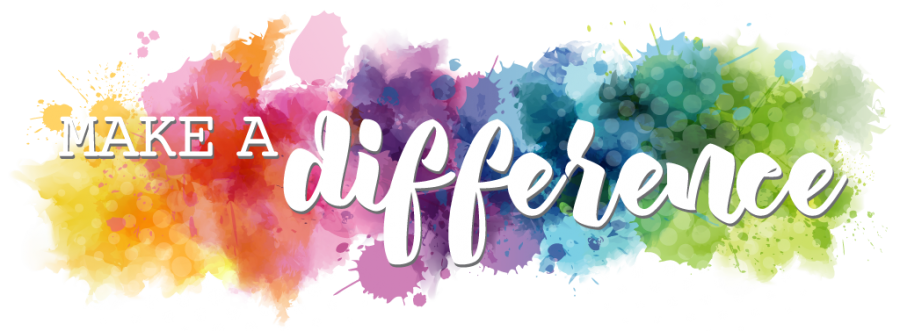Art and Conflict
The arts, no matter how many people dismiss them, are one of the most important aspects of the world as we know it. From the pictures on the wall to the books we read in class, to the music that brightens our day, art is everywhere. But beyond the joy they bring, did you know that different forms of art have been proven to help people cope with stress and trauma? Art and music therapy both qualify as their own fields. It takes your mind off of things and it leaves you with something to show for the time you spent. Many people use it as a way to get their frustrations out in a time of high political tensions or war. In fact, art has been essential to social reform in the past, everyone has seen some form of political cartoon or protest art.
We are able to see this all throughout history. We learn about people like Van Gogh and Winslow Homer in basic art classes, but there are many stories that we don’t hear. During World War II a Polish-Jewish rabbi, Arthur Szyk, was popular with readers of magazines such as Time and Esquire for his anti-Nazi work and was often described as waging a “one-man war” against Jewish persecution. And this wasn’t unique to the Nazi regime, we had things like this closer to home with things like the Civil Rights movement. Norman Rockwell is a generally well-known artist and you’ve probably seen his work before. One of his most popular pieces is a young black girl walking down a street with school supplies surrounded by grown white men with slurs written across a wall in the back. To some of you this may seem like it’s really far back in history, but don’t make the mistake that this form of art was lost in the past.
One of my personal favorite artists that spawned from war commentary is the Yemeni artist Saba Jallas. Saba Jallas is known for taking pictures of explosions in her home country and drawing around them to turn them into something positive like birds or flowers. Another wonderful artist that emerged from the current political discord in the Middle East is Shirin Neshat. Originally from Iran, Neshat’s work often focuses on women’s rights and individual freedom. Her most popular work being “Women of Allah,” where she uses photographs of herself wearing a chador (a form of traditional headscarf) as a canvas for poetry.
There have been many great pieces of art in the past that affected how people looked at the world they lived in. People are still making those now, and there will be many more in the future. There really isn’t a way to tell what will have a large impact or be remembered seventy years later, but it’s no doubt that all of them are important. The next time you are faced with frustration, sadness, or anger in a situation, remember that there’s always a way to convey that and it may even have an impact on the people who see it.

Breanna is one of our most active writers. She enjoys writing articles about politics and world events. She also participates in Impressions, Chamber Singers,...

